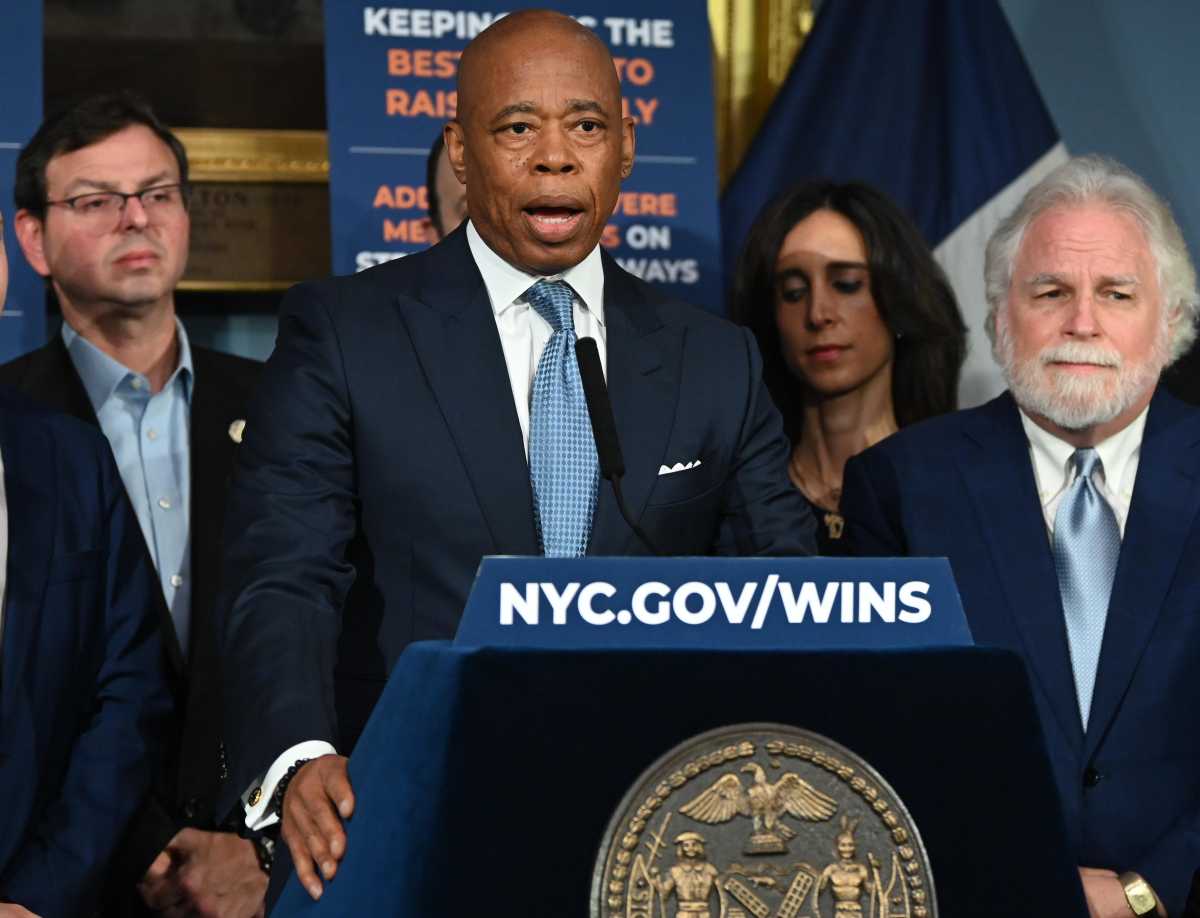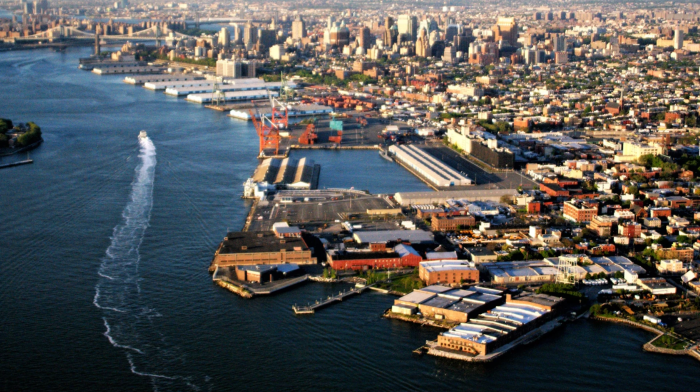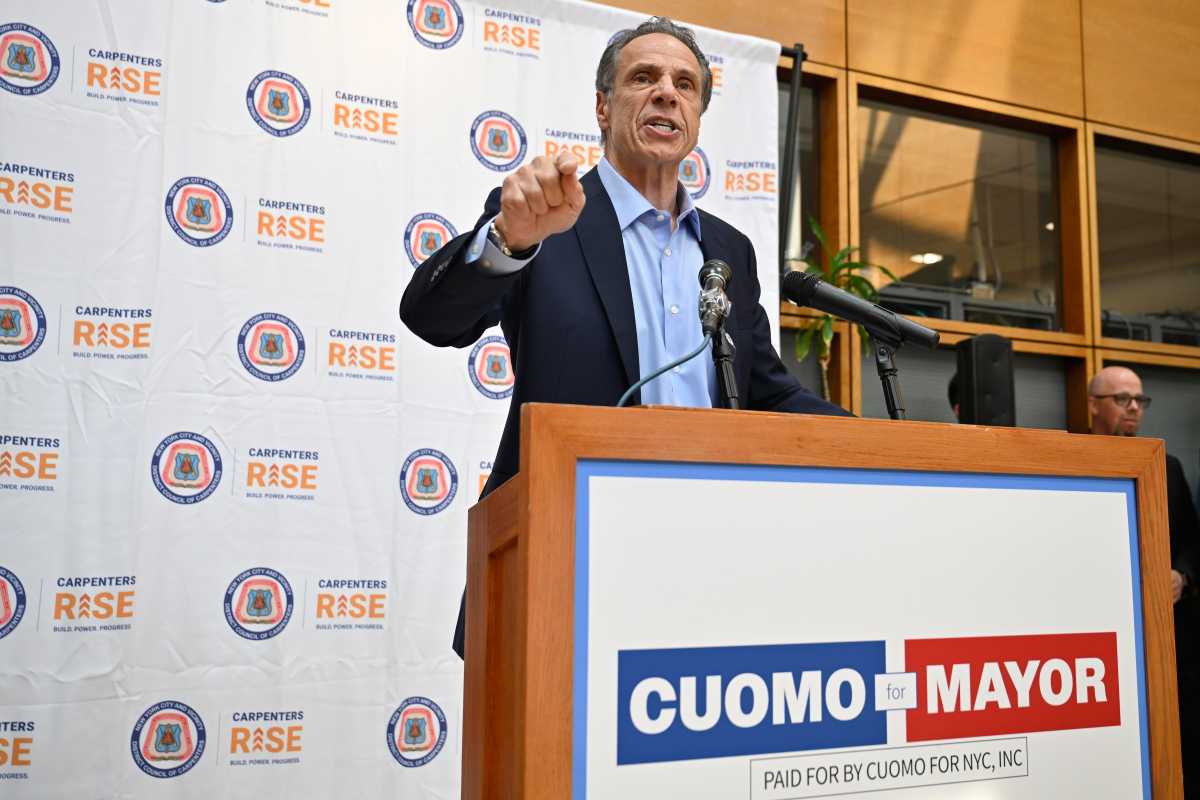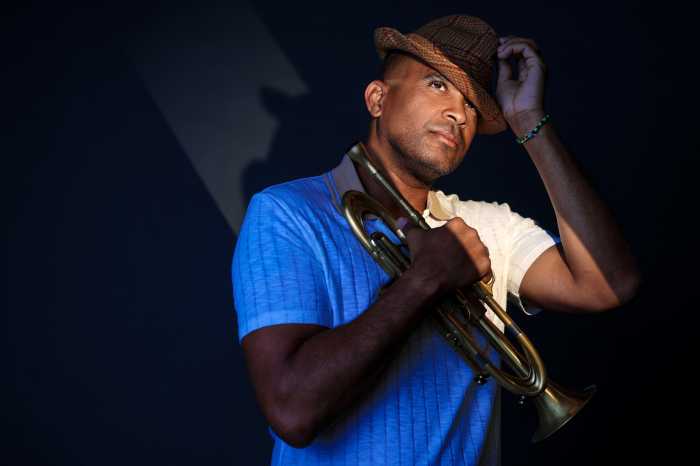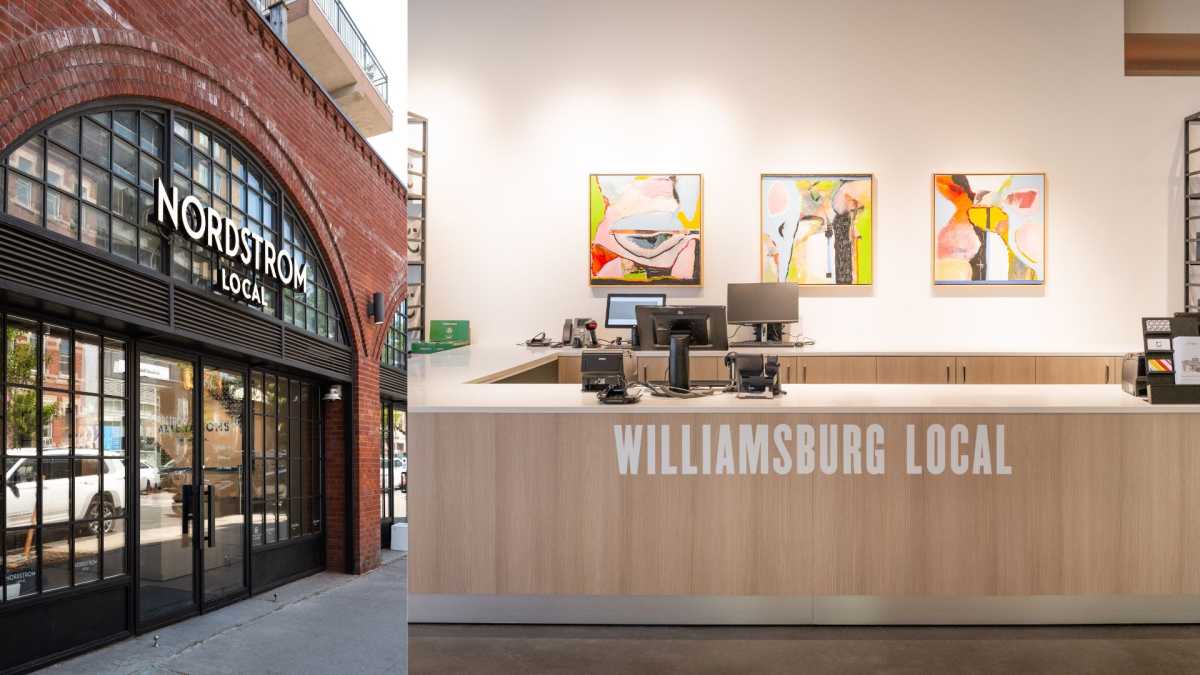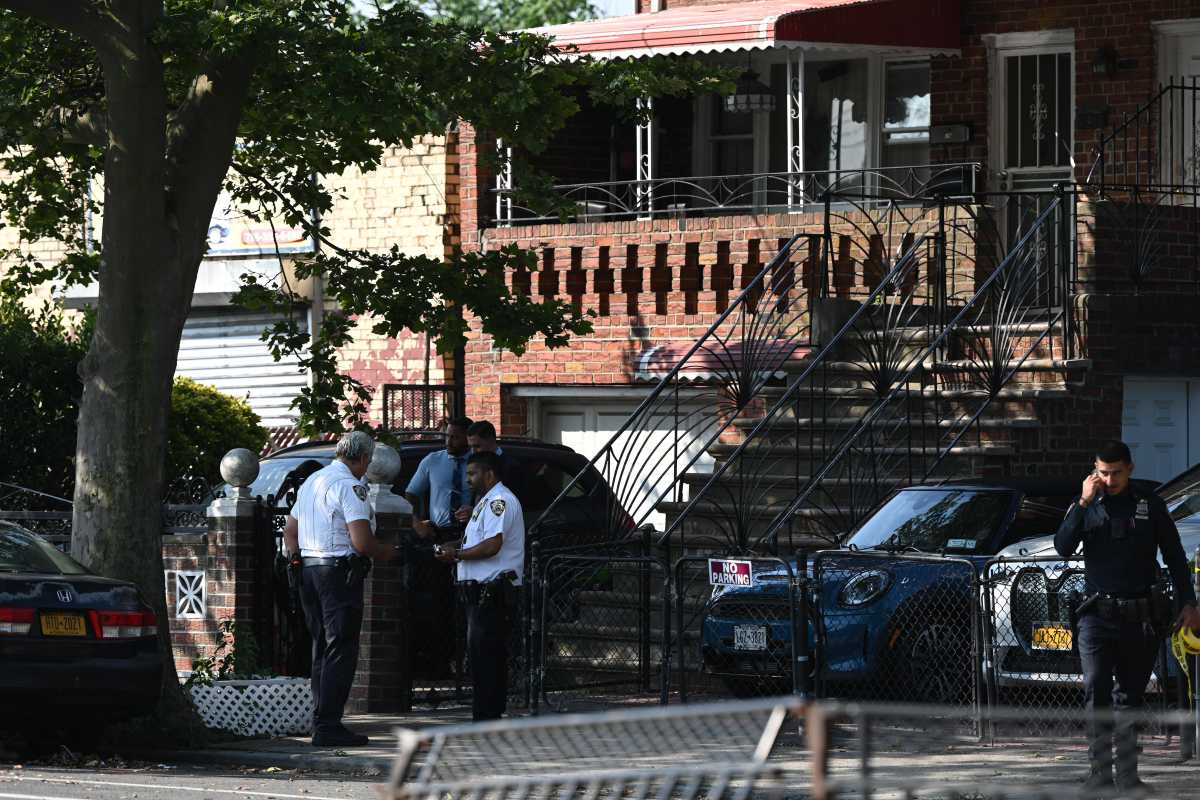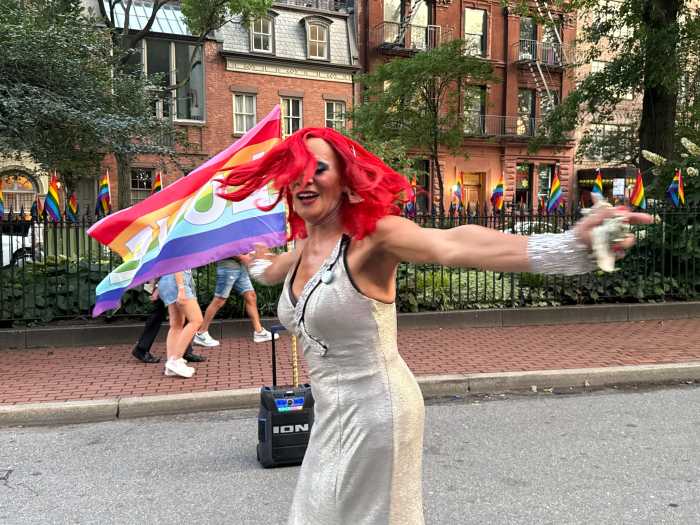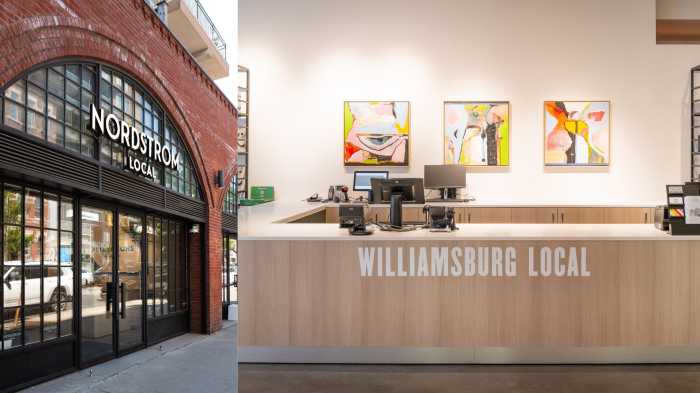In the late 1970s, hope was alive in some of New York’s downtrodden resort areas, which included places like the Catskills and, of course, our own Coney Island. A coalition was formed to spur a revitalization to refuel our dying vacation industry that had become a victim of the jet age, where middle class citizens could cheaply fly off to “nearby” exotic destinations like Puerto Rico, the Bahamas, Nevada, and yes, Florida.
It was left to the late Milton Kutscher, the top-dog at the nationally renowned Kutscher’s Country Club in the Catskills, to lead a committee that would come up with a plan that would make New York a destination once again.
In early 1982, a summit of the committee had me in Albany, where we went over our state’s potential.
Atlantic City had become our latest competition, since with table gambling was legalized there in 1976. Buses now prowled our streets, picking up slot jockey’s on the hour for the quick jaunt down the Turnpike to glistening new casinos — filled with much needed jobs — that where the fruit of the Garden State government’s labor.
Some labor, though. All the governor had to do was sign into law the people’s request — to turn Atlantic City into the East Coast’s Las Vegas. And the cash soon followed.
Meanwhile, we just talked — and dreamed — of what casinos could do for us. Kutscher opened the floor, and we all listened to an assemblyman from Rockaway who listed her principals for the bill she planned to carry for us in Albany that would open our own floodgates. Together, we named the places that desperately needed to be re-invented with a roll of the dice. Niagara — famous for its famous water falls — headed the list.
Up there, American hotels had dwindled or decayed while Canadian hotels siphoned tourism from our great nation. We unanimously agreed that casino hotels there would bring a surge in tourism that would bring jobs back to our region.
But we weren’t all gung-ho for gambling. We all agreed that beautiful places like Lake Placid and the Thousand Islands were too accessible enough to support casinos. And we reasoned that Saratoga had more tourism than it could handle in its summer season, when bettors clamored to the famous horse-racing track that what was known worldwide as “the August place to be.”
But as we headed further south, the we found another winner in Monticello. At the time, Kutschers, Grossingers and the Concord were prime locations. Even nearby Ellenville, once great but by then decayed, would be an excellent site. All were very accessible for vacationer traffic from the Thruway, and it was a stone’s through from three other highways: the great turnpikes of New Jersey and Pennsylvania to the south and west, and the New England Thruway to the east.
The brave assemblywoman did her part in bringing it to the capitol floor and Gov. Hugh Carey brought it to the Governors’ Hearing at the World Trade Center.
Gambling in New York had become hot, and my phone rang off-the-hook the next morning. First, a call from an anxious man in California who wanted more information on my testimony. He explained that he left before I testified, so as not to miss his flight back home. I gladly obliged this man who had large casino development corporation. I told him all about Coney Island’s beach and Boardwalk and its connections to all rail trains and nearby airports.
But we never counted on what came next: a phony headline in a major newspaper, “Mob buying land in Coney,” a story that purported, untruthfully, of course, that a land buyer from Bath Beach was in the mob, which was hedging its bets by moving into “Coney” in case casinos got going there. Of course, a bridge away from Coney is not Coney Island. But the phony story resounded in Albany, where the casino legislation died. Kaput.
And that Fourth of July I watched on my television as Gov. Hugh Carey dribbled a basketball at the newest Atlantic City casino. Alas, that should have happened here in Brooklyn.
This is Lou Powsner.
Columnist Lou Powsner, 92, appears twice a month on BrooklynDaily.com.


